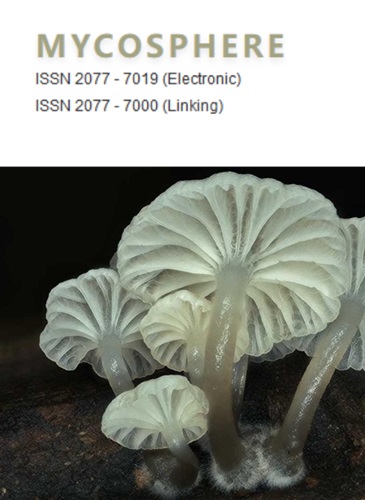外生菌根真菌的进化
IF 15.1
1区 生物学
Q1 MYCOLOGY
引用次数: 2
摘要
本文章由计算机程序翻译,如有差异,请以英文原文为准。
On the evolution of ectomycorrhizal fungi
Ectomycorrhiza is a symbiosis between plants and fungi. It is the type of mycorrhiza that involves the highest number of fungal species and it involves many stand forming tree species. As the ectomycorrhizal trees include the majority of all the worlds tree stems, it has a huge impact on the nutrient and carbon cycles. Here, we review the evolution of ectomycorrhiza within fungi. It has evolved many times in different clades. The rate of evolution has not varied much through time, but has varied between clades. Thus, no time period seems to have been more important than others for the evolution of new ectomycorrhizal lineages. It seems like once becoming ectomycorrhizal the probability of becoming saprotrophic again is very low. Despite the large change in nutritional strategy, it does not seem like becoming ectomycorrhizal is a key innovation that by itself gives a high rate of speciation and/or adaptive radiations. Genomic studies have shown little commonality in the evolution of ectomycorrhiza except for the loss of decay genes, expansions of transposable elements, and expansions of Mycorrhiza-induced Small Secreted Proteins. Although this fits with a biotrophic lifestyle and possibly an elevated rate of genome evolution, it does not hint at any other functional similarity. As ectomycorrhizal lineages have evolved many times during the evolutionary history of fungi, and it is not unlikely that there are ectomycorrhizal lineages that have gone extinct, the available functions provided by ectomycorrhiza to plants may have varied over time.
求助全文
通过发布文献求助,成功后即可免费获取论文全文。
去求助
来源期刊

Mycosphere
MYCOLOGY-
CiteScore
30.00
自引率
8.20%
发文量
9
审稿时长
4 weeks
期刊介绍:
Mycosphere stands as an international, peer-reviewed journal committed to the rapid dissemination of high-quality papers on fungal biology. Embracing an open-access approach, Mycosphere serves as a dedicated platform for the mycology community, ensuring swift publication of their valuable contributions. All submitted manuscripts undergo a thorough peer-review process before acceptance, with authors retaining copyright.
Key highlights of Mycosphere's publication include:
- Peer-reviewed manuscripts and monographs
- Open access, fostering accessibility and dissemination of knowledge
- Swift turnaround, facilitating timely sharing of research findings
- For information regarding open access charges, refer to the instructions for authors
- Special volumes, offering a platform for thematic collections and focused contributions.
Mycosphere is dedicated to promoting the accessibility and advancement of fungal biology through its inclusive and efficient publishing process.
 求助内容:
求助内容: 应助结果提醒方式:
应助结果提醒方式:


